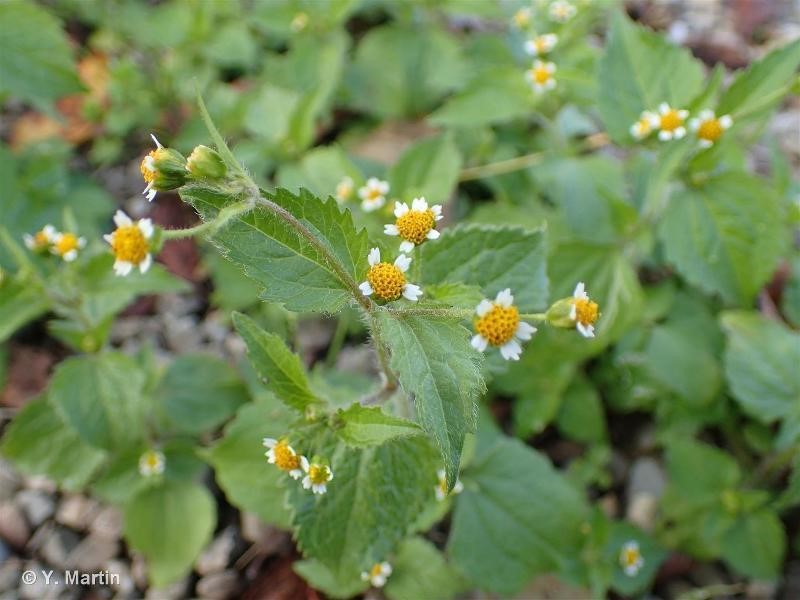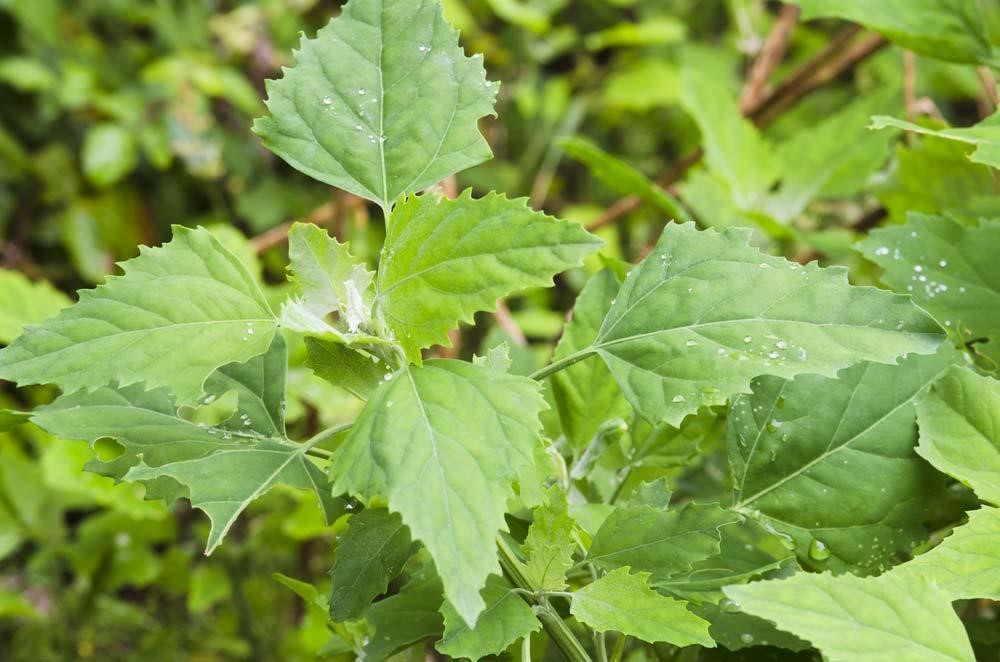Learning how to get rid of weeds in flower beds is part of every gardener’s quest in growing beautiful plants.
If you’ve been a gardener for quite some time now, you probably hate the back-breaking chore of weeding or enjoy its therapeutic vibe.
After all, weeds are still plants that grow in unwanted places. However, they can serve as a threat and a competition to your plants. Some weeds can regenerate from the roots left in the soil and some have horizontal stems.
To eliminate the persistent weeds in your flower beds, it’s best to know what kind of weeds you have in your garden.
In this post, we will share the different types of weeds and the best strategies to remove them from your flower beds.
Different Types of Weeds
Annual Weeds
Annual weeds are the ones that cover the ground with weed seeds. They are easier to uproot than the other types of weeds.
The best strategy for this type of weed is to prevent the seeds from germinating and cut them off before they spread seeds all over your flower bed.
Weeds with Taproots
When it comes to taproots, dandelions will be the first ones that can come to mind. They are one of the tough weeds to eliminate because if you can’t remove the taproots, they will continue to grow in your garden.
This perennial type of weed has long and tough roots that can regrow as long as any part of the roots remain in the ground.
You may need some weeding tools to dig deep in the ground and unearth all of their roots.
Dandelions
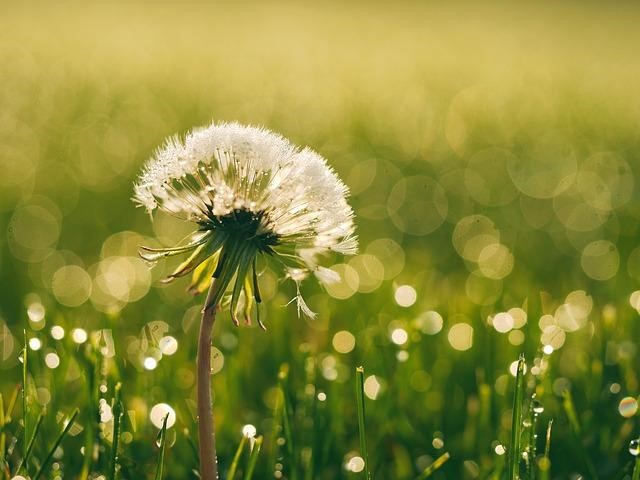
Rhizomes
Weeds that have stems running through the ground have horizontal stems called rhizomes. They are pretty invasive and can regrow and sprout new stems in every cut.
The strategy in removing weeds with rhizomes is to pull them out when the soil is wet or moist.
When the soil is moist, it will be easier to remove weeds without leaving any remnants in the soil.
The common types of weeds under this category are the following:
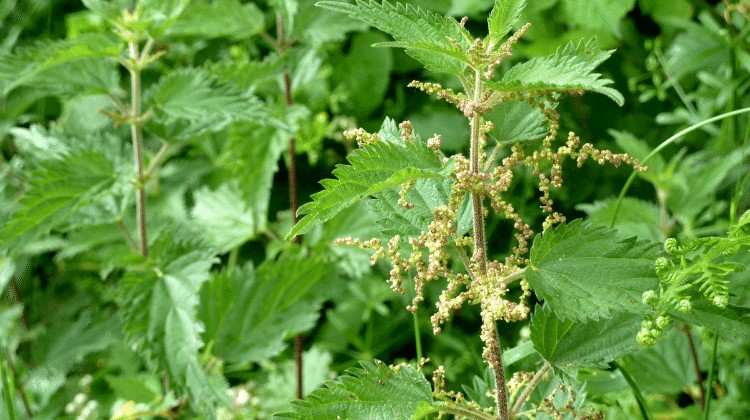
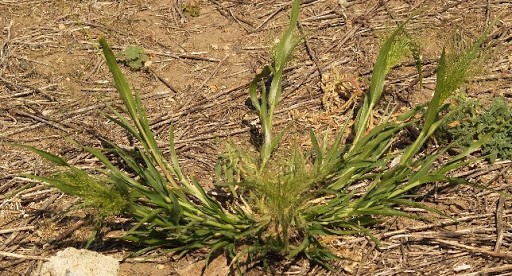
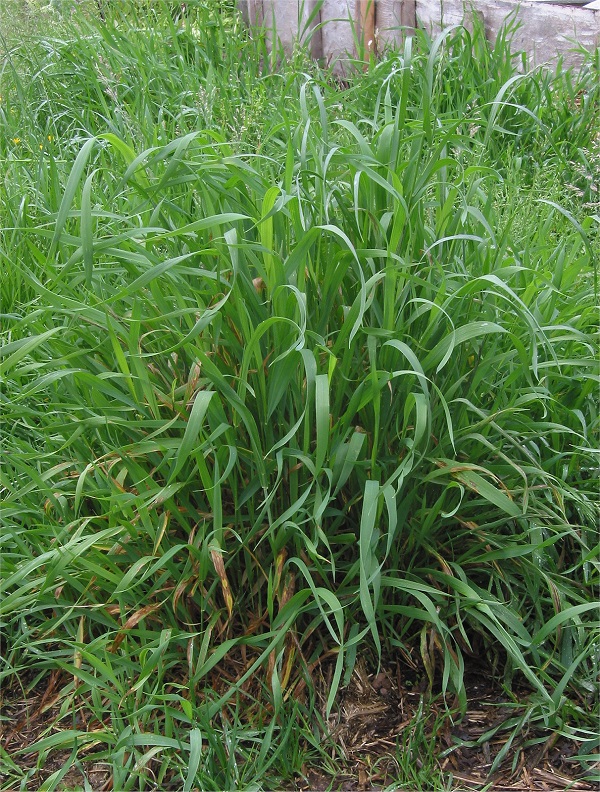
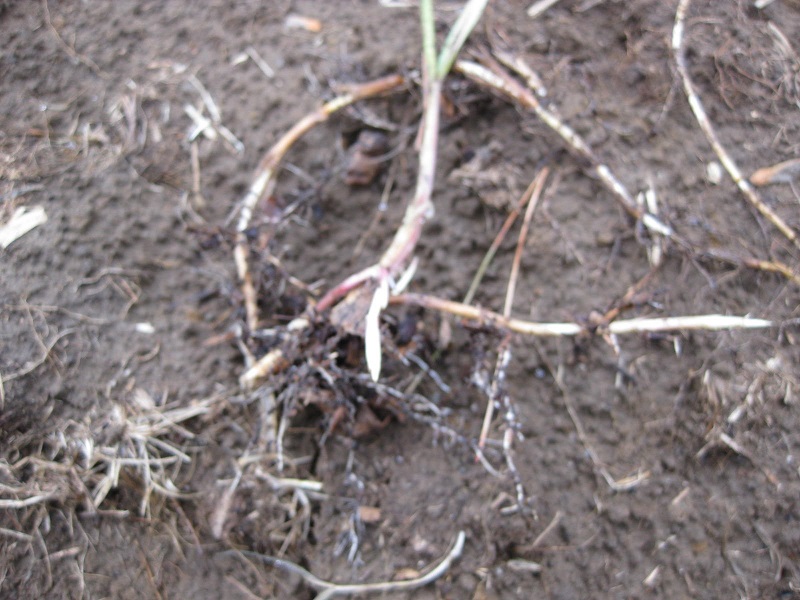
Tough Weeds
Tough weeds are those that can thrive in dry and compacted soils. Since they can grow their roots on hard grounds, it is tough to get all their roots. They can even grow at the edges next to the concrete pavements and flower beds.
An oscillating stirrup hoe can help deal with these tough and thicker weeds.
Common weeds under this category include:

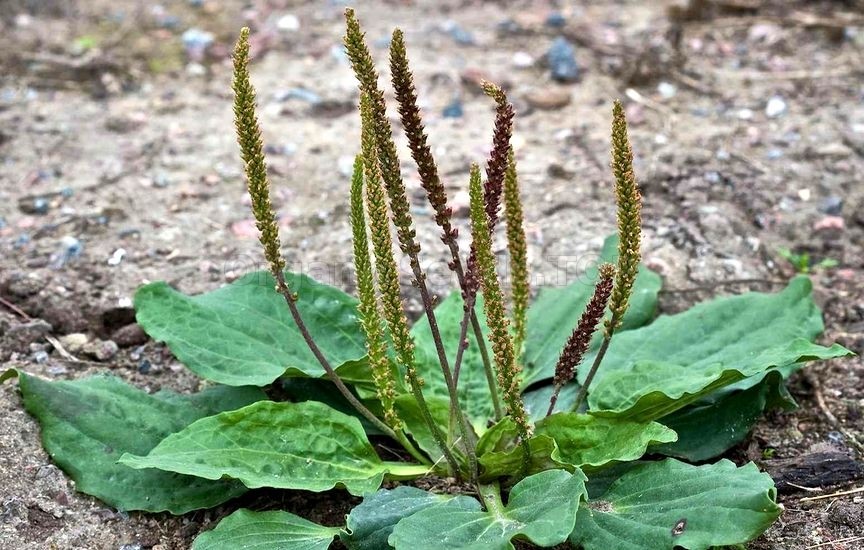
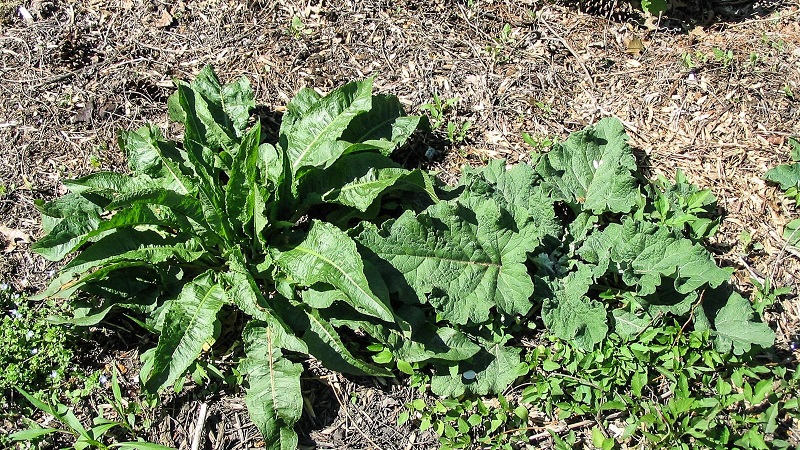
Aggressive weeds
If you were to ask most gardeners, aggressive weeds like Japanese knotweeds are probably the worst type to have in your flower beds.
They are invasive and have thick and woody stems that make them hard to control and uproot.
Here are some of the worst weeds to have in your garden:
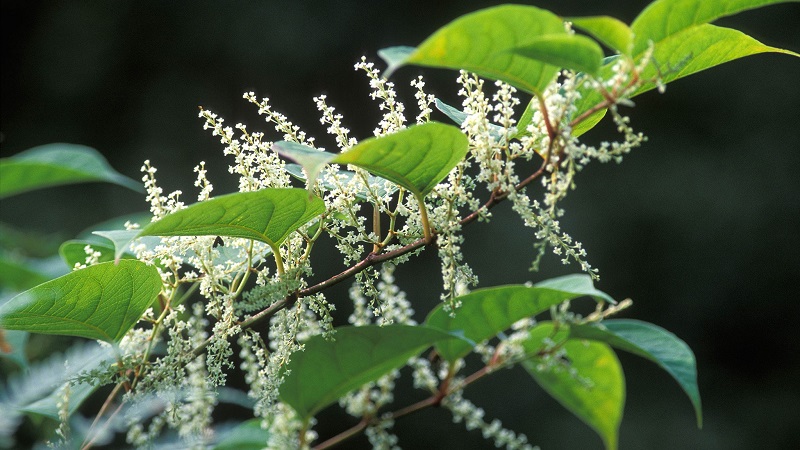
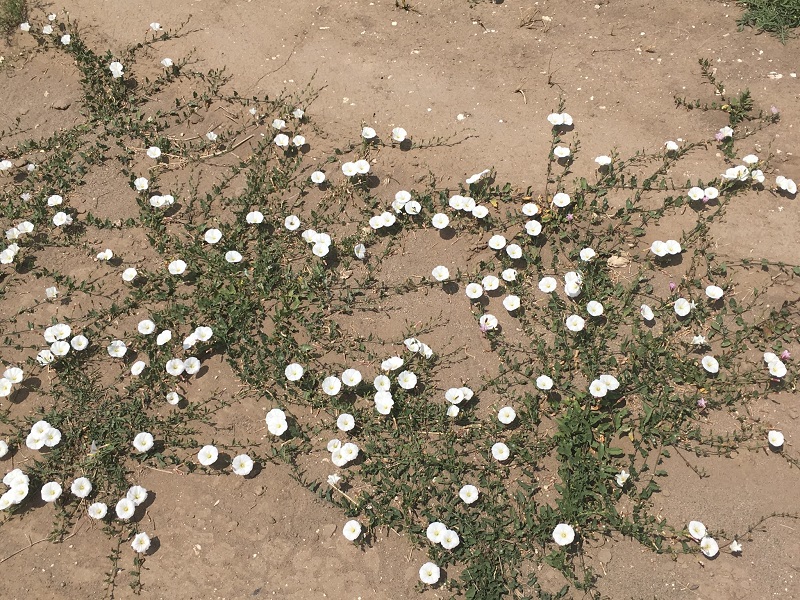
10 Tips on How To Get Rid of Weeds in Flower Beds
Chances are you’ve probably seen one or two of the weeds from our list above. Since weeds are generally plants, we will use your knowledge about plant growth to get rid of those pesky weeds.
Here are some tips to win against them and prevent them from spreading in your garden:
#1 Starve The Weeds With Sunlight
The best way to kill a plant is to stop providing it with its basic needs. It also applies to killing weeds in your flower bed.
Seeds need sunlight and water to start germinating. You may not notice it, but there are a lot of weed seeds scattered in your flower beds.
You can use an effective ground cover like mulch to block the weed seeds from the sunlight.
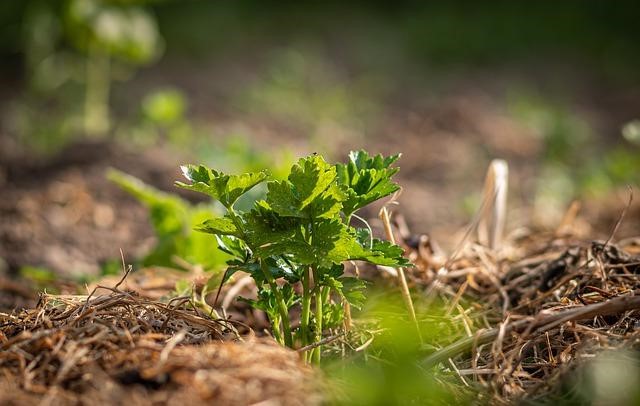
To strengthen the effect of mulch in your garden, you may also want to apply a surface cover beneath the mulch.
Groundcovers like fabric, old newspapers, or cardboard below the mulch can completely block the sunlight.
Organic mulch may also steal nitrogen from your plants over time. Mulch such as sawdust needs nitrogen to decompose. Make sure to apply 2 to 3 inches of mulch and nitrogen fertilizer in your flower beds to prevent damaging your plants.
The best mulch for flower beds include:
- Pine straw: Increases soil acidity and an ideal mulch for acid-loving flowering plants.
- Wood or bark chips: Improves soil drainage while retaining moisture in the soil.
- Sawdust: Insulate the soil but may snatch plants with nitrogen. Apply it with a slow-release nitrogen fertilizer or coffee grounds.
Covering the soil with mulch and ground covers are the most effective strategies for tough and hard-to-control weeds like bindweed and chickweed.
Pro tip: Some plants can’t tolerate moist soil. Don’t forget to consider that before deciding to mulch your flower beds.
#2 Drip Irrigation
Water is a plant’s basic need and weeds will eventually die when you stop watering them.
To help isolate the water in your plants, you may use DIY drip irrigation at home. It is a plant watering system where you set up tubes that will drip water on top of the roots of your plants.
Here’s how you make your drip system at home:
How to make drip irrigation at home?
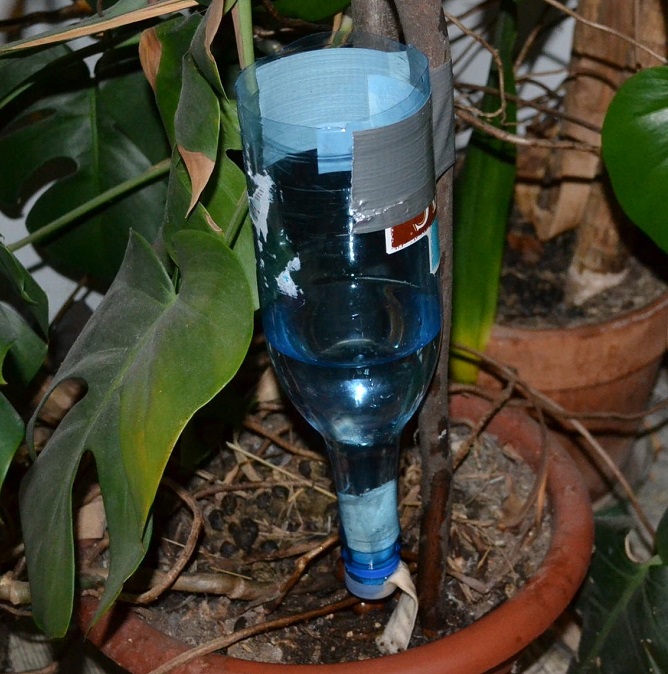
Materials:
- 1 used 1.5 or 2-liter plastic bottle of soda
- 1 screw
- 1 candle
- 1 nail(same diameter as the screw)
- 1 pot holder
- 2 meters string
- 3 cups of water
- 1 cutter
Directions:
- Remove the cap of the soda bottle and light the candle.
- Using a potholder, hold the nail and place the tip on fire.
- Once the tip is hot, create a hole in the middle of the cap of the bottle.
- Place the cap back to the bottle and twist the screw in the hole.
- Cut the bottom of the bottle using the cutter.
- Turn the bottle upside down and put the water inside the bottle.
- Check if the water is dripping. If not, twist the screw to adjust the drip rate of water.
- Use the string to hang the bottle in a higher location.
- Replenish the water by pouring another batch into the bottle.
Note: If you want to create a drip system for multiple plants, you can also use a PVC pipe or tube with drippers connected to a main tank or bucket of water.
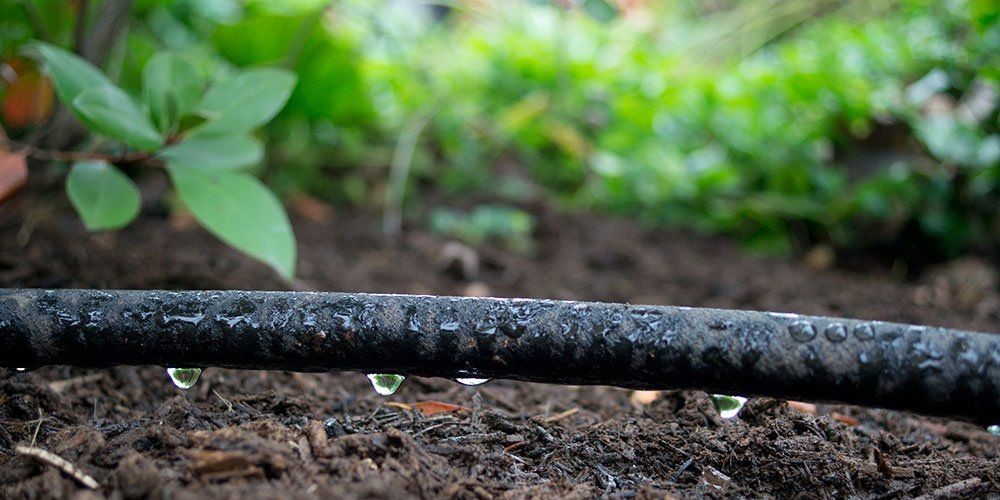
Video: DIY Drip irrigation
#3 Chop Their Heads Before They Spread Weed Seeds
For annual weeds that are super-spreaders of weed seeds, you have to beat the time to prevent them from producing seeds.
Since they don’t regrow from the roots left in the soil, immediately chop off their heads. Cutting them as soon as you see them sprout from the ground can prevent the wind or rain from spreading their seeds throughout your flower bed.
Weeds like dandelions can invade a whole field as soon as the wind spreads its seeds.
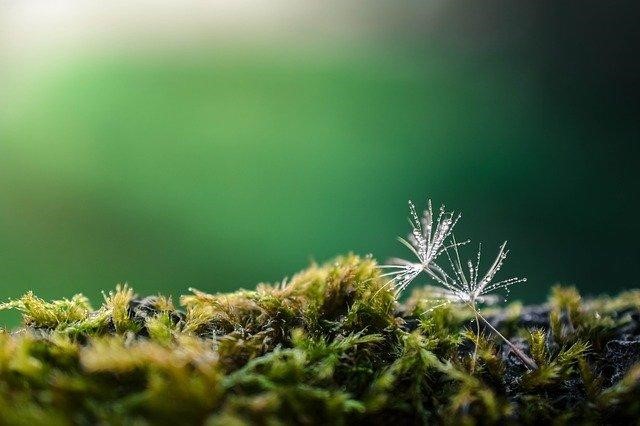
#4 Use Weeding Tools To Remove Deep-Rooted Weeds
Thanks to technology, there are now available tools to make weeding an enjoyable chore in the garden.
Here are some of the tools that you can use for each type of weed in your flower bed.
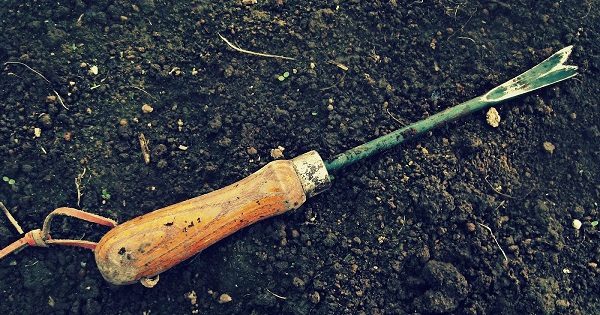
(1) Fishtail weeder: This tool can minimize the disturbance in the soil by loosening the soil around the weed you’re trying to remove. It makes it easier to uproot the taproot of dandelions and other deep-rooted weeds in the soil.
(2) Stirrup hoe: A lot of gardeners love this tool for making weeding a fun chore not only for them but also for their kids. It helps uproot shallow weeds in one blow without demanding too much pressure and effort.
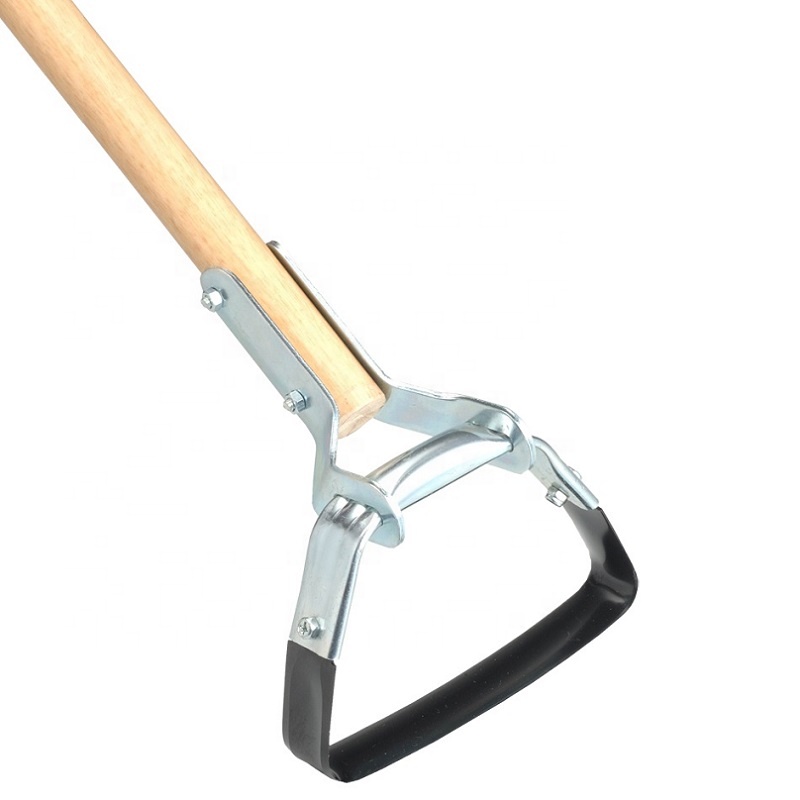
#5 Avoid Disturbing The Soil
Did you know that weed seeds can stay dormant in the soil for a very long time?
Weed seeds are lightweight and can be spread by animals and elements like the wind or rain. They are just waiting to be shoved near the surface and get the optimal sunlight and moisture to germinate and grow.
If you want to remove a weed, try to use an old knife or a fishtail weeder to reach the roots and dig a small portion in the soil. It will also be easier to pull the roots if the soil is moist, especially after the rain.
#6 Space Your Plants Strategically
You may also strategically space your plants so there won’t be any room for weeds to grow. When planting your seedlings it’s natural to leave room for root development in the soil.
Let’s call them root spaces. Carefully place each plant next to each other’s root space, so weeds will not stand a chance on those gaps.
The roots of your plants that grow horizontally will absorb the nutrients and water in the soil. They will rob all the basic needs of the weeds from the soil to germinate and achieve their full growth.
#7 Add Compost Regularly

Compost that is regularly placed on your flower beds can kill microorganisms through its heating process.
When the highest temperature is achieved, the compost itself can cook the seeds and prevent them from being viable for germination.
Here’s how to do a proper composting method:
- Attain a carbon-nitrogen ratio of 25:1 to 40:1 by layering your compost. Apply equal layers of dry leaves or tree barks and green matters like kitchen wastes and grass clippings. Contrary to common practices, piling up kitchen and garden wastes does not provide the proper heating from the compost to kill weed seeds.
- Water the compost pile in adequate amounts to soak the weed seeds and help the microorganisms break down properly.
- Maintain the soil PH level from 6 to 8 by checking the smell of the compost. Compost with a proper PH level smells earthy and not sour like garbage waste. If it smells bad, try turning the compost pile to properly distribute the moisture and oxygen throughout the pile.
#8 Avoid Weeding When It’s Windy or During The Rainy Season
Weed seeds are microscopic and can reach meters away from the weed itself since they are lightweight.
They can cling to your shoes, garden tools, and even to animals like dogs or cats. Natural elements like the wind and rain are also nature’s way of spreading weed seeds.
Avoid cutting off the heads or uprooting the tough heads of weeds when it is windy to avoid the unintentional spread of the seeds.
Rainwater can also move the seeds to undesirable locations and make your weed situation worse.
#9 Use Plant Covers As Your Ally
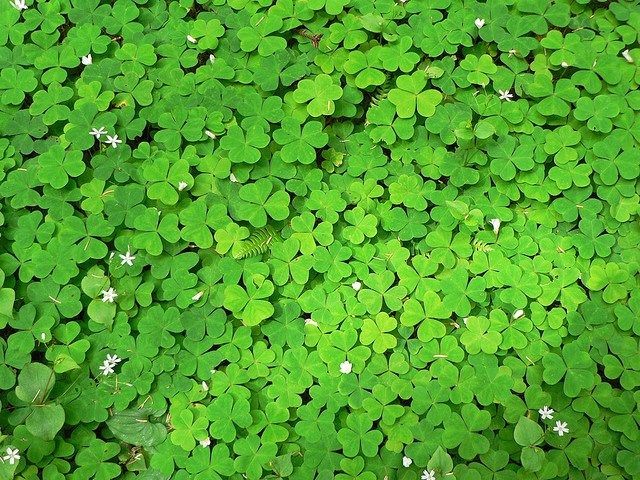
If you want to keep the greenery in your plant beds, you may also use ground covers as your allies in keeping the weeds off.
The ideal cover crops that don’t harm your plants are clover and periwinkle. Cover crops also help improve the health of the soil in your plant beds.
#10 Discard or Burn The Uprooted Weeds
Some gardeners tend to put the uprooted weeds in their compost pile. While that helps increase the green wastes in your compost, improper composting can only spread the weed seeds back to your flower beds.
The weed seeds only die if you heat them well. Unless your compost pile reaches the optimal heat and the microorganisms break down the organic matter, you must put them in the garbage can.
Otherwise, you’ll welcome another batch of weeds every time you apply compost to your plants.
Final Thoughts
Weeds may be an eyesore to most gardeners, but they do serve a purpose. Some weeds are edible and some have medicinal properties.
However, as far as your flowering plants are concerned, they will remain a competition that must be eliminated.
We hope that you find a solution from the 10 tips we shared in this post. If you are successful in keeping your plant beds weed-free, please let us know in the comments.
Also, don’t forget to share this post to help your fellow gardeners save their backs from breaking due to these persistent weeds.

